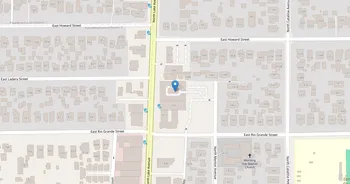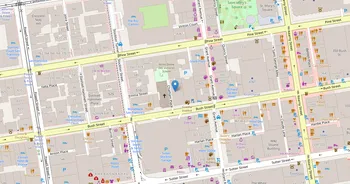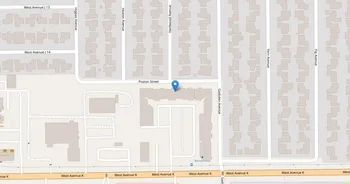The Fab School : Overview, Courses, Scholarships & Rankings
About The Fab School
In Rancho Cucamonga, where garages often double as workshops, The Fab School is known for hands-on learning that blends metalwork, design thinking, and problem solving. And it leans hard on doing the work safely and precisely, with faculty who bring shop-floor know how to the classroom. Students sharpen craft skills, interpret drawings, and turn ideas into clean, working parts.
Its campus feels like a working studio: fabrication labs, tool rooms, and design stations backed by advising, career coaching, and portfolio help. The culture is collaborative and no-nonsense, with plenty of peer mentoring and a lot of pride in fit and finish. Outside class, students tap into maker meetups, local car culture, and quick access to trails and SoCal weekends. Career prep stays practical, with employer connections across regional shops and creative fields. The school has a reputation for project showcases and grads who can point to real pieces they built.
Key Institutional Details
Contact & Profile
Academic & Institutional
Academic Programs & Fields of Study
The Fab School offers 4 degree programs across 2 major academic fields, graduating approximately 216 students annually. The most popular fields by graduate volume are Production (2 programs, 137 graduates) and Eng. Technologies (2 programs, 79 graduates). Explore program details, award levels, and graduate demographics below.
Production (2 programs, 137 graduates)
Manufacturing Technology, Quality Control and Industrial Arts
| Program Name | Graduates | Gender Distribution | Award Levels | CIP Code |
|---|---|---|---|---|
| Metal Fabrication | 123 |
|
Other Award
|
48.0511 |
| Welding Technology | 14 |
|
Other Award
|
48.0508 |
Eng. Technologies (2 programs, 79 graduates)
Applied Engineering Technologies and Technical Support
| Program Name | Graduates | Gender Distribution | Award Levels | CIP Code |
|---|---|---|---|---|
| CAD and CADD Drafting and Design Technology | 52 |
|
Other Award
|
15.1302 |
| Composite Materials Technology | 27 |
|
Other Award
|
15.0617 |
Tuition, Fees & Estimated Costs
Overview of tuition rates, housing, and other annual education expenses for undergraduate and graduate students
Financial Aid & Student Support
Summary of scholarships, grants, student loans, and financial aid statistics for undergraduate students
Student Success Metrics
Graduation rates and post-graduation earnings to help assess student outcomes and long-term value of education.
Loan Burden & Repayment Outcomes
Breakdown of loan repayment rates and student debt levels by income and dependency status.
Frequently Asked Questions
Find answers to the most common questions about The Fab School
What academic programs and degree levels does The Fab School offer?
The Fab School offers 4 academic programs across 2 major fields of study, with available degree levels: Residency, Other Award.
Most popular program areas include:
- Manufacturing Technology, Quality Control and Industrial Arts (2 programs)
- Applied Engineering Technologies and Technical Support (2 programs)
Data based on IPEDS program completions for 2023-2024 academic year. Numbers reflect programs where students graduated, not all offered programs.
What financial aid and scholarships are available at The Fab School?
The Fab School provides financial aid to 42% of first-time, full-time students, with average grants of $4,133 and average loans of $6,106.
Average financial aid amounts by type:
- Pell grants: $4,171
- Institutional grants: $2,576
- Federal loans: $6,106
The university supports 51 students with grants and 41 students with loans annually.
Data based on IPEDS for 2022-2023 academic year. Financial aid amounts and percentages may vary by program, enrollment status, and individual circumstances.
What is the average salary for The Fab School graduates?
The Fab School graduates earn a median salary of $49,130 after 6 years.
Data based on IPEDS for 2022-2023 academic year. Salary data reflects graduates who received federal financial aid (approximately 60% of all graduates). Actual earnings may vary significantly based on program, location, and individual circumstances.
Related Universities




Found something useful? Help others discover it too! Share with friends, on social media, or save for later - every share helps someone find the information they need.